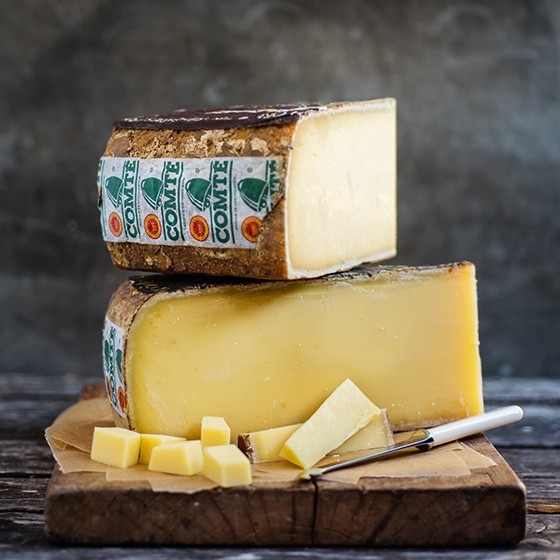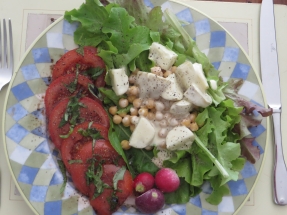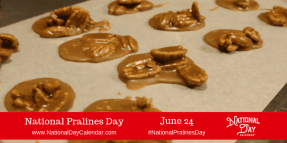Exeat: Day 94/84: Off off piste to Peterborough ...but Taylors + Comté bonus
Marshall's mechanic AWOL in Peterborough … .. need a new date to travel over to fix the -40 degrees/ ice on the road for the Ghibli. Over the past 94 Days it's only been English Wine Week, Fish & Chips Day and Weymouth Sea Food Festival postponements … here's the fourth. Good considering methinks … PM Boris has announced Let's Bustle by July 4th so we invited the Ilkley crew along to the beach in Weymouth that weekend [we'll be going!] but instead we've got them avisiting at Milton on Day 100/84 en route back to London for Lorna's unfurloughed work! That will be the opportunity to consume the comté! Comté is a French cheese they've got a taste for in Ilkley.... made from unpasteurized cow's milk in the Franche-Comté, a traditional province of Eastern France. Comté made in round disques has the highest production of all French AOC cheeses, at around 64,000 tonnes annually.
 
The cheese is made comme disques ronds each between 40 cm and 70 cm in diameter and some 10 cm in height. Comté is well known for its distinct terroir, its particular smell and taste that is derived from the immediate local environment and its traditional methods of production [like Jersey Royal* new potatoes peut-être?] Its terroir has several causative factors from the 160 village-based fruitières in their province owned by farmers who bring their own milk from their cows. Strict production rules link place and product and the seasonal environmental effects. Because of its uniqueness and unfamiliarity Comté cheeses go through the process of Jury Terroir with panels of trained volunteer tasters from Comté supply chain created by food scientist Florence Bérodier. The Jury enabled Comté cheese to achieve world renown with improved quality but the challenge remains to create a uniform taste since there were 160 different fruitières. Nevertheless through the Jury among the tasters there's now improved ability to perceive and share the variations. Our supplies came from our 'alternative' outing; if not Peterborough let's go to Towcester, scene of Boudicca's defeat by the Romans in AD61 but not before she had destroyed Colchester, St Albans and London first! There at Hartwell's Deli it was available in several tastes but even more exciting Taylor's Original Mustard was available as 100/ 200grms. As all the family now knows it was Britain's first ready made mustard from Taylor's in Newport Pagnell, clearly a vital local delicacy! I also visited Waitrose in an unsuccessful search for the now elusive Bath Olivers but did happen on basil to embellish my promised tomato salads. [For the record it's the equivalent of Swiss Gruyère!]
 
It's Fête Nationale du Québec & Praline and Parchment Days too. La Fête, formerly known as Saint-Jean-Baptiste Day, has been a statutory holiday in Québec since 1925 although Saint-Jean-Baptiste Day has been celebrated in North America since the early days of New France. Originally a religious celebration, it took a more patriotic turn in 1834 with Ludger Duvernay with the first Parade in Montréal in 1843. Since 1984, the Mouvement National des Québécoises et Québécois (MNQ) has organized the festivities and various francophone communities across Canada also celebrate.
National Parchment Day celebrates its use in cooking. On the last Wednesday of June each year it seeks to bring innovation and convenience back to the kitchen. Holding with the French connection we encounter en papillote, the style where the food is wrapped in paper. Parchment also infuses flavour, locks in moisture and preserves vital nutrients. The French have cooked with parchment for centuries, perfecting taste and texture in every dish. The Day was launched by PaperChef, wise manufacturers of culinary papers, in June 2016 so 2020 is its 5th Anniversary.
Still with the French connection … Praline may have originally been inspired by the cook of Marshal du Plessis-Praslin 1602–1675. It's conjectured that praline derives from Praslin. Early pralines were whole almonds and hazelnuts individually coated in caramelized sugar. The powder made by grinding up such caramel-coated nuts is called pralin and is an ingredient in many cakes, pastries, and ice creams. After this powder has been mixed with chocolate it becomes praliné in French which gave birth to what is known as chocolat praliné. The word praliné is used colloquially in France and Switzerland to refer to these various centres coated with chocolate, known simply as chocolates in English. Pralines from Belgium are also known as Belgian chocolate fondants and chocolate bonbons usually a high quality lower-melting point chocolate filled with a soft centre. They were first introduced by Jean Neuhaus II, a Belgian chocolatier, in 1912. Belgian pralines are not limited to the traditional praliné filling and often include nuts, marzipan, salted caramel, coffee, a spirit, cream liqueur, cherry or a chocolate blend that contrasts with the outer shell.

P.S. Signing off with a Click & Collect at Tescco's night 8/ 10pm. Fresh milk and with luck contact to a refrigerator repair man or it's a new Fridge for £900! The freezers OK but not the fridge.
_______________________________________________________________________
* In around 1880 a Jersey farmer, Hugh de la Haye, showed friends a large potato that he had bought with 15 eyes, points from which new plants sprout. They cut this potato into pieces which they then planted in a côtil, a steeply sloping field above the Bellozanne valley. One plant produced kidney-shaped potatoes with a paper-thin skin which they called the Jersey Royal Fluke, later shortened to Jersey Royal. We've been eating them at The Lodge these past few weeks with great delight.
Published Date: June 24th 2020
|





